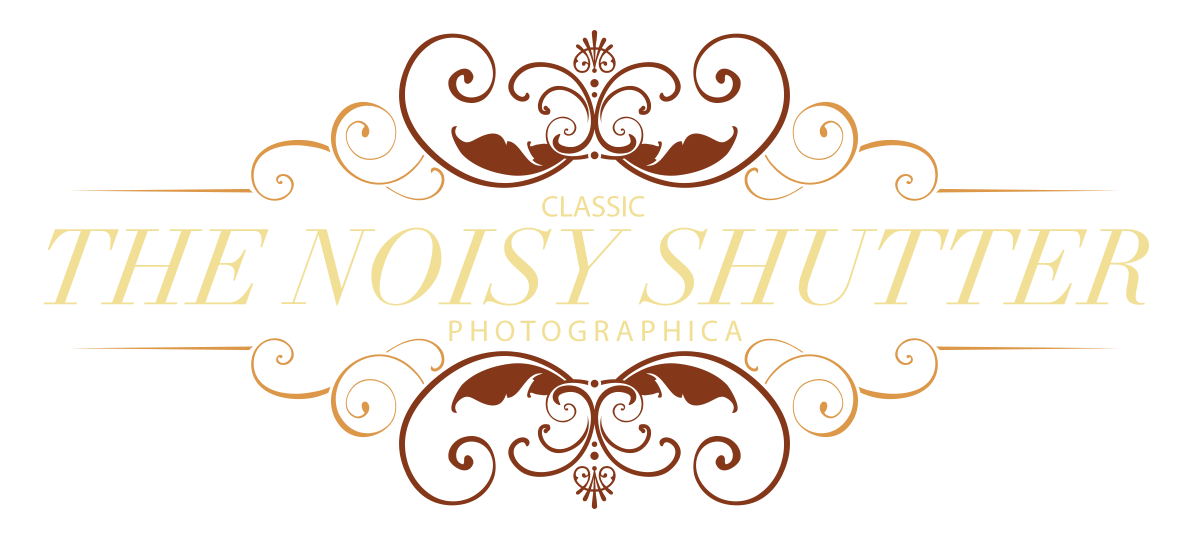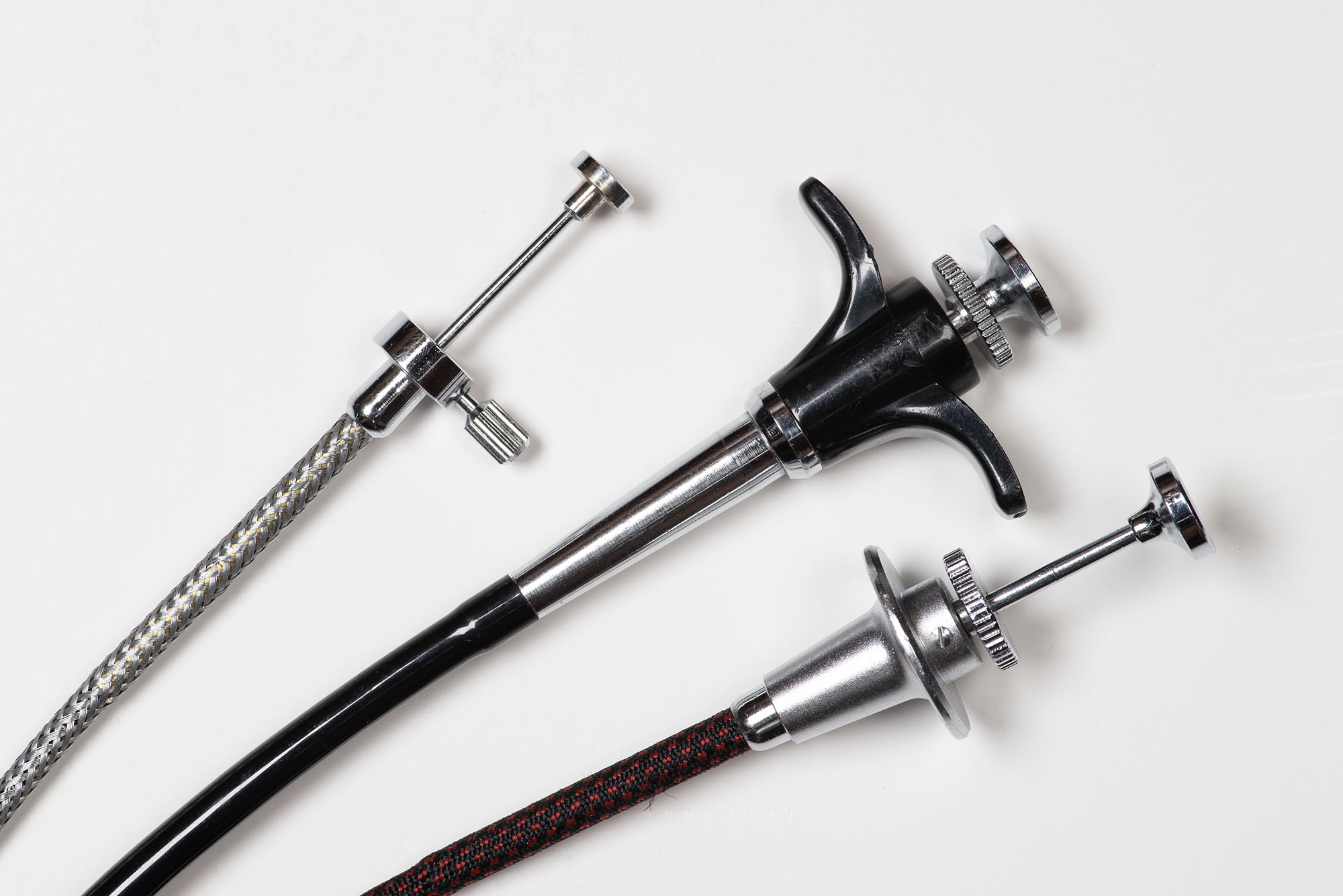For those who shoot vintage film cameras, this is an accessory worth having. The principle behind the device has been in play from the beginning of photography, and even persists in today’s digital world. In its original form, there was an air-filled rubber bulb, connected to a flexible hose, leading to the shutter mechanism. When the bulb was squeezed, the resulting increase in air pressure would actuate a piston and open the shutter. The “Bulb” setting on even modern cameras is a throwback to that era, even though the days of the Packard shutter’s dominance are a century behind us. Oddly enough, the Packard shutter is still being manufactured today.
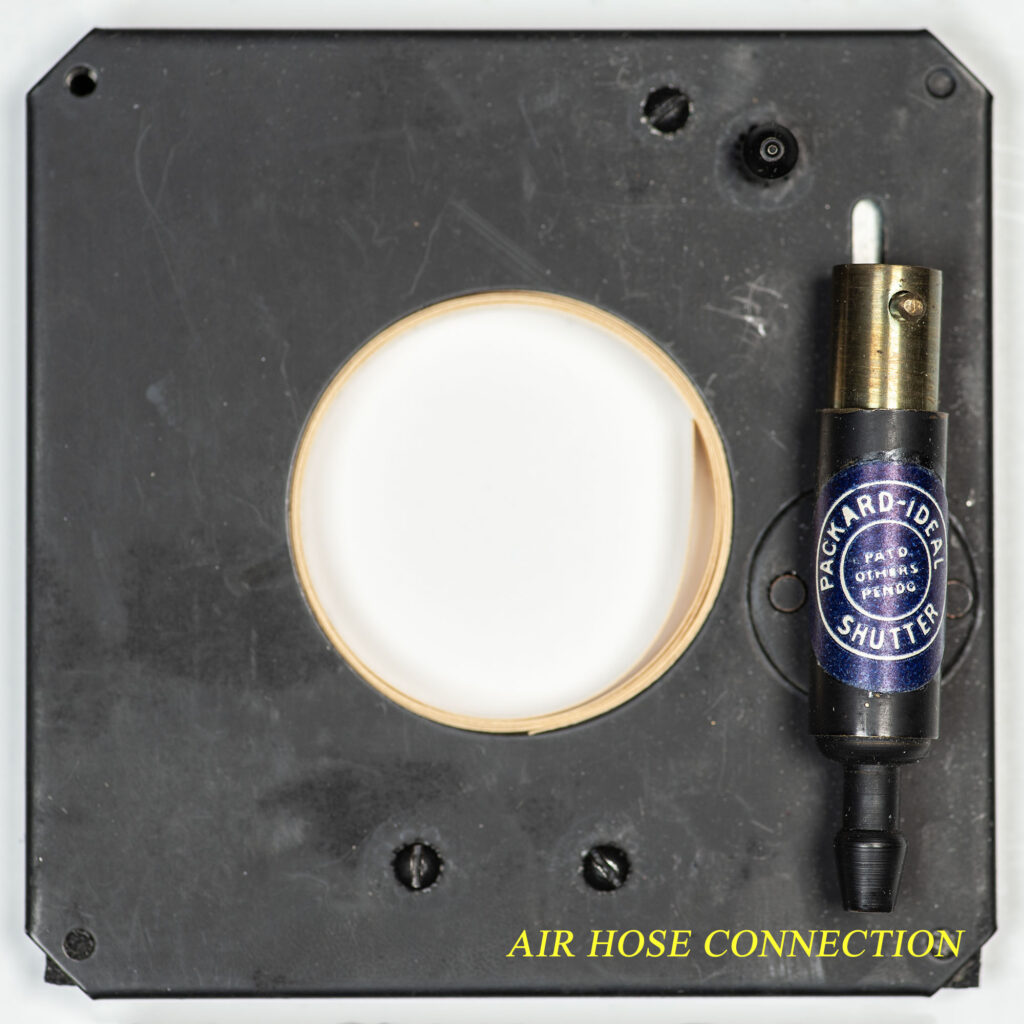
Evolving shutter designs required a different mechanism, and this came in the form of a small metal pin, attached to a flexible cable sliding though a sheath, activated by pressing on a plunger. This design was adopted by all the major manufacturers and became nearly universal. I say “nearly” because Barnack Leicas and early Nikons (F, F2) had a different system for attaching the cable. Both Leica and Nikon made cables that fit their cameras, but standard cables could be used with a simple adapter.
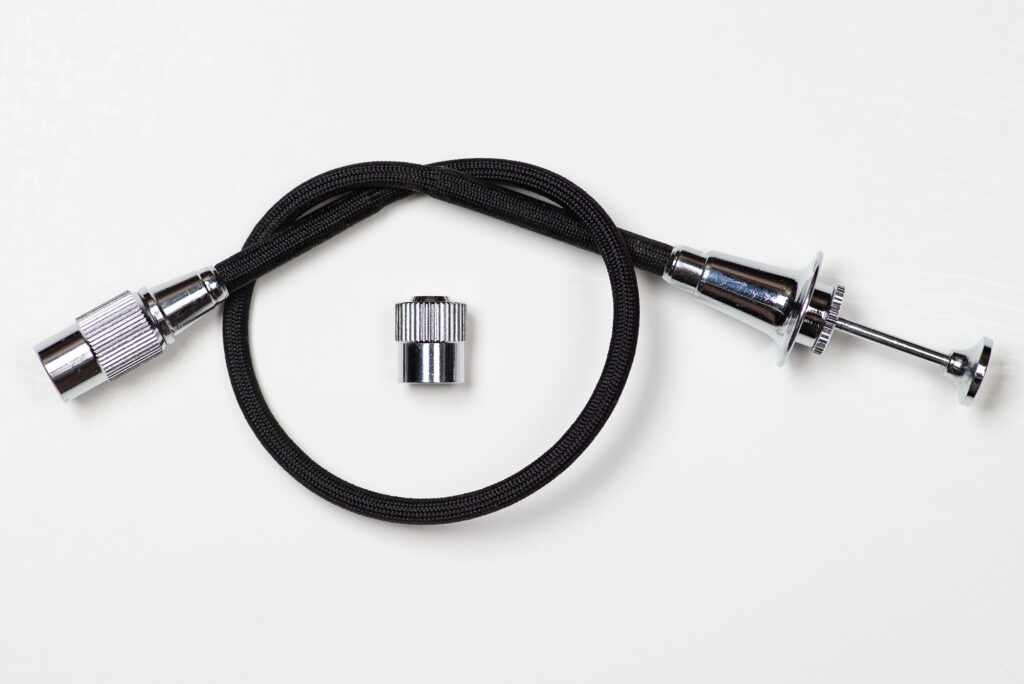
The simple plunger cable started to fade into obscurity with the advent of entirely electronic cameras, but the need to actuate the shutter without touching the camera still existed. Electronic shutter cables and eventually cordless (infrared or radio-frequency) systems came about.

A lot happens inside a 35mm SLR camera when the shutter is released. Force is applied by the photographer’s finger, and that moves the camera. Not only does the shutter have moving parts, but the mirror must quickly lift up and allow light to pass through to the film. All of this mass in motion creates unwanted camera vibration that can negatively affect the sharpness of the photo.
Minimizing this is one of the reasons for a cable release. This eliminates the movement caused by the photographer when the camera is mounted on a tripod or resting on a sturdy surface. Some cameras have a mirror lockup feature that eliminates the motion from “mirror slap”. Combining these options results in sharper photos, but at the cost of time and convenience.
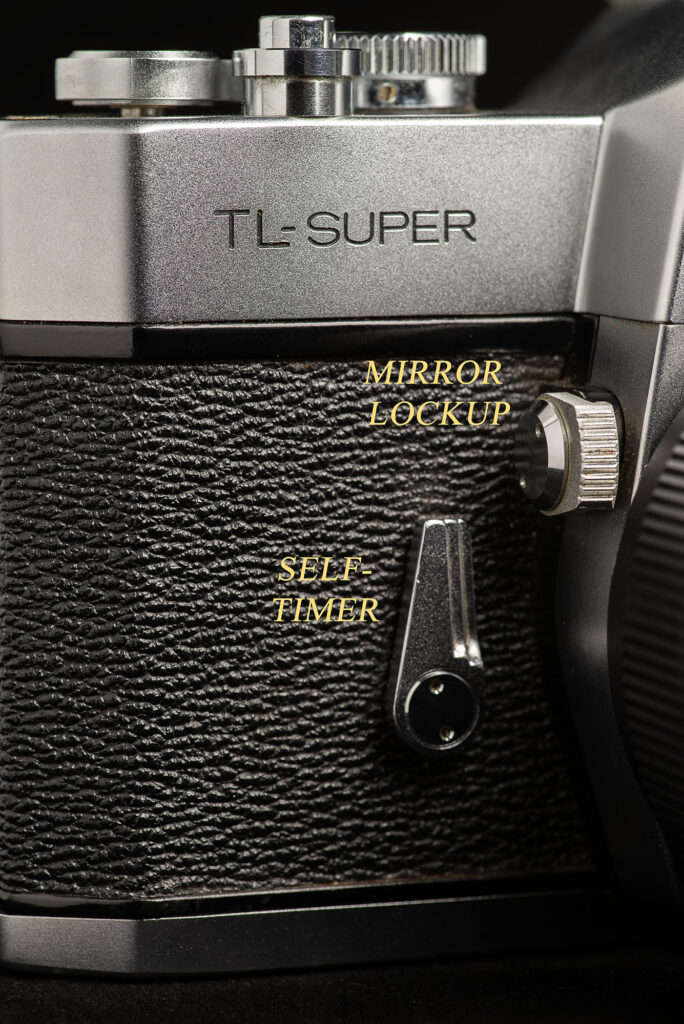
Another benefit applies in a very different situation, and for different reasons. During my years of working in portrait studios, a long cable release allowed me to interact with my subjects with more freedom. Once I had the subject placed, and the lighting arranged, I could step away from the camera and direct the subjects better. If the right expression appeared, I was ready to take the shot without moving back to the camera. For subjects that blink in anticipation, the element of surprise was paramount.

Any time I have a camera on a tripod, I use a cable release. Even with my medium-format cameras with leaf shutters, a cable release ensures I don’t move the camera. With large format, it is almost necessary to use one. I don’t want to reach around the front standard and fiddle with a tiny lever on the shutter. The cable just makes sense.
In the absence of a cable release, or if the camera lacks the option, a self-timer will accomplish the same thing. By the time the self-timer fires the shutter, any movement caused by the pressing of the button has subsided. Separate accessory self-timers are also available.
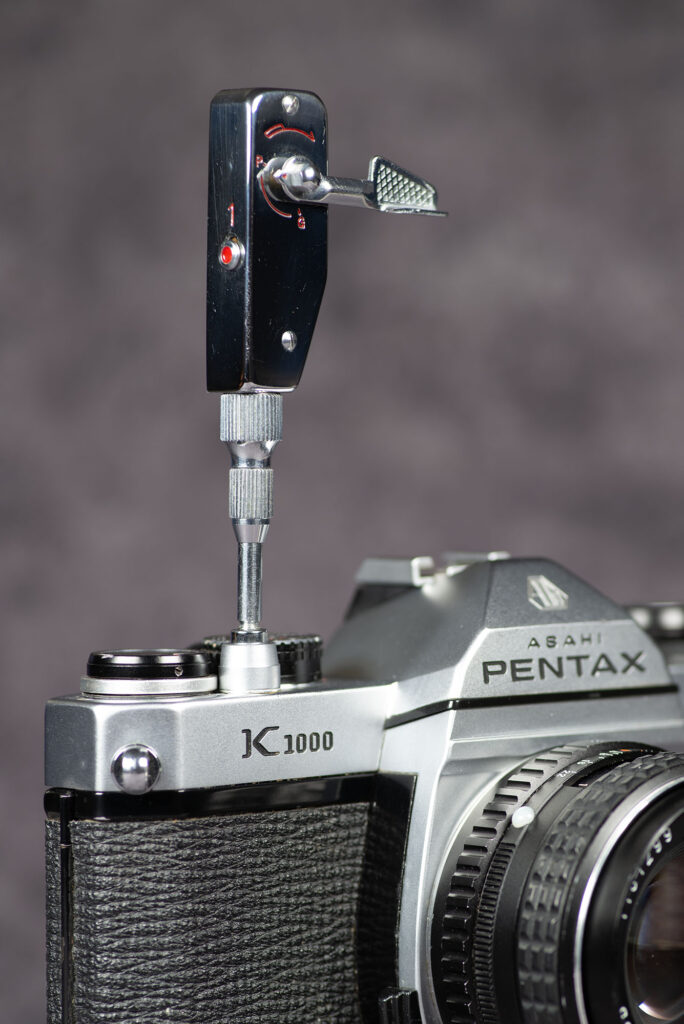
Many older cameras have a series of set shutter speeds, a “B” setting, and a “T” setting. The “B” or bulb setting keeps the shutter open as long as the shutter release button is depressed. The “T” or timed setting opens the shutter with the first press of the shutter release and keeps it open. Depending on the camera model, closing the shutter is done my a second press on the button or rotating a shutter speed dial.
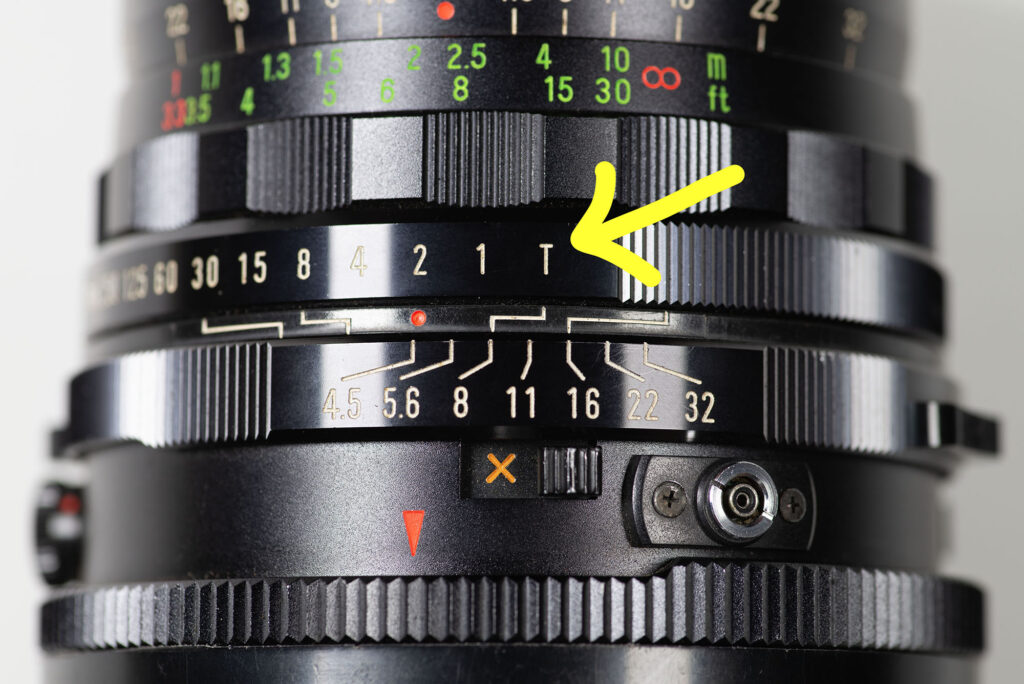
If a timed photo is desired, but no “T” setting exists, this can be accomplished by holding the cable release button down for the duration of the exposure. This can be tiresome, particularly with long exposures, and runs the risk of accidental movement. Many cable releases feature a locking mechanism that does this for you. There may be a threaded knob that locks the button in place, or a collar at the base of the button that, when pressed, lifted, or twisted, locks it in the open position.
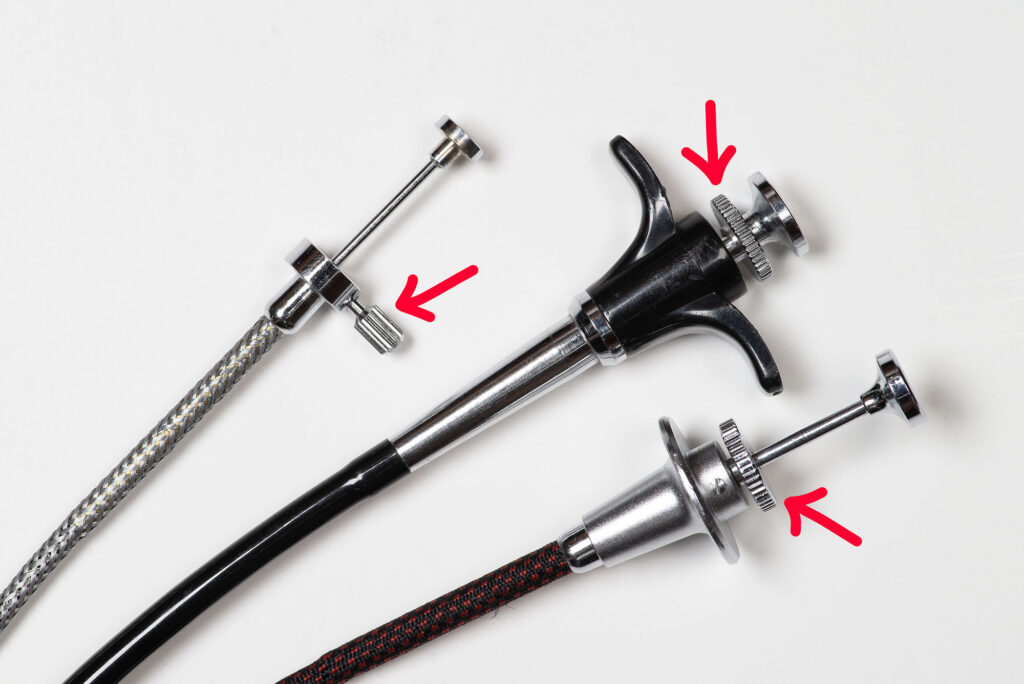
When I inherited my grandfather’s Leica IIIf, among the lenses and miscellaneous bits was a 10-foot cable release. I can only assume that since the camera lacked a self-timer, he used this to fire the shutter while he was in the photo, perhaps posing with the family. I’ll have to go back and look at my scans of his old slides to see if I can see the little cable trailing from his hand in the photos.
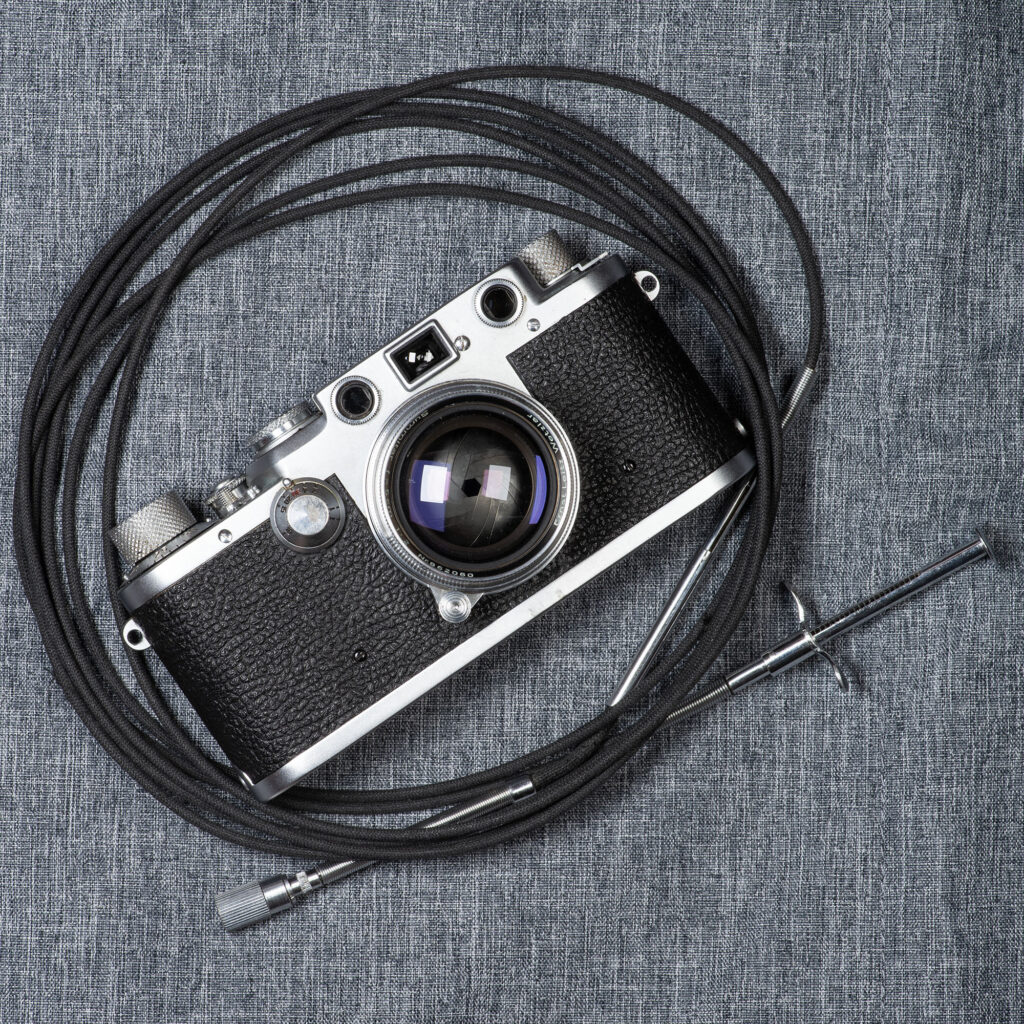
Cable releases are inexpensive, lightweight, and take up little space in the bag. Particularly if you shoot with a tripod, there is little reason not to have one available. We can spend a lot of extra money on a lens for a tiny increase in optical sharpness, invest hundreds in a steady tripod to get that extra stability, but then neglect the cheap and easy ways of ensuring the best shot possible.
